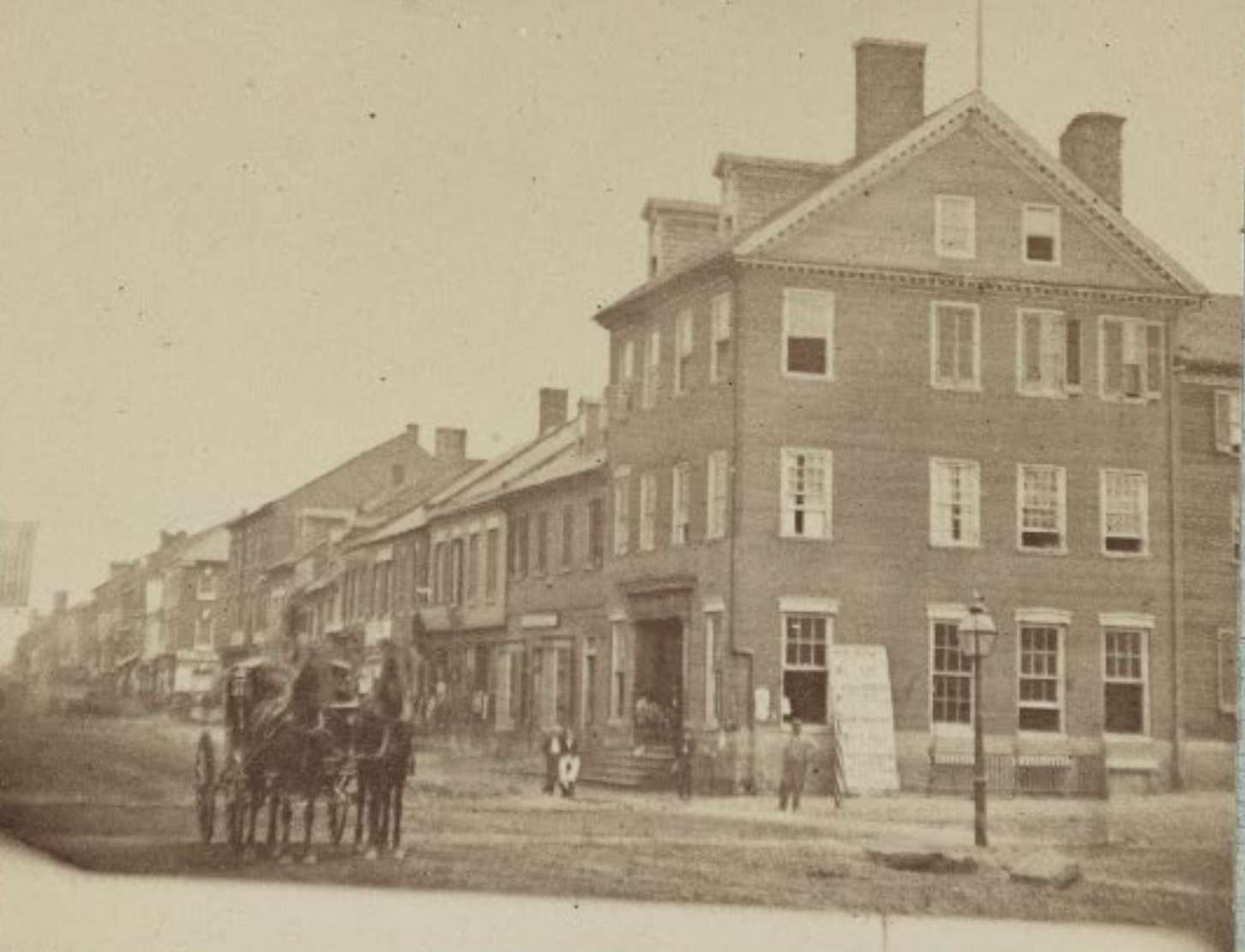
While the city is making strides to honor the victims of two Alexandria lynchings, a member of the Alexandria Community Remembrance Project noted in a recent meeting that a third victim — the first recorded in the city — has been neglected in part due to a technicality.
Thanks in large part to the Equal Justice Initiative (EJI), a non-profit based out of Alabama working to commemorate victims of lynching, the city has started to do more work to commemorate the victims of lynchings in 1897 and 1899. In particular, however, the EJI focuses on lynchings between 1877 and 1950, while Alexandria’s first recorded lynching occurred over ten years before that period started.
“I think we should have a historic OHA marker for John Anderson, who was killed by a mob of white men on Christmas Day in 1865 at West and King Street,” said Tiffany Pache of the Alexandria Community Remembrance Project. “I think we should start talking about him as our first documented lynching.”
One of the goals of the Alexandria Community Remembrance Project was to dig through archives and see if other lynchings in the city’s history might not have been as noted as the deaths of Joseph McCoy in 1897 and Benjamin Thomas in 1899. A newsletter from the project in December 2021 compiled accounts from various news organizations about the murder of John Anderson on Christmas Day in 1865.
A group of white men, just after the end of the Civil War, undertook a campaign of violence across the city, attacking several Black residents and causing serious injuries. John Anderson, a Black man who resided near King Street, left his Christmas dinner to try and put an end to the violence after he heard a Black soldier had been beaten. However, after approaching the mob, Anderson was beaten and fatally shot.
According to the project’s newsletter:
Anderson crossed the street diagonally toward John Mankin, who stood on Gregg’s corner in a dark coat and slouch hat. Anderson did not speak again. As he stepped over the curbstone, Mankin attempted to strike him, but Anderson deftly blocked the punch. As Anderson readied for a fist fight, Mankin beckoned a crowd of whites. He pulled something out of his pocket. Extending his arm, he revealed a gun and shot Anderson in the thigh.
Anderson turned. Suddenly, John’s brother Oscar Mankin was there, at the forefront of a gang of white men. He shot Anderson in the head. Anderson took a few steps and fell to the ground, where he was pelted with stones and bricks thrown by the mob. Huntington and John L. Heck were there, as was George Javins, according to witnesses. John Anderson died five days later from a gunshot wound to the left side of his skull.
Pache said while the murder is outside of the dates covered by the EJI, it still merits some recognition from the city.
While the newsletter extensively covers the story of the murder and the aftermath, Pache said there are also likely court records from the incident that the city hasn’t accessed.
“The current research is based on newspaper accounts, but there was also a court case that tried the men,” Pache said. “[They] were convicted and sent to Ohio, then they were released after only a few months. There was a court-martial, because the military was still here, so I want to get my hands on that.”

